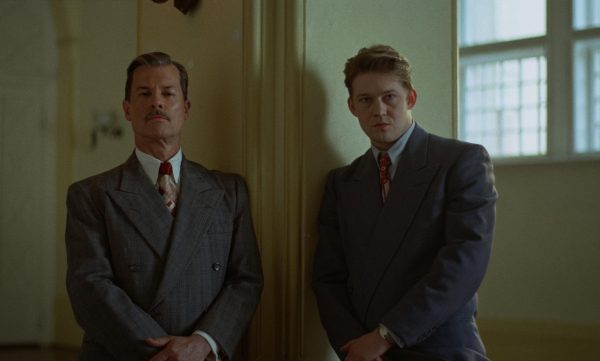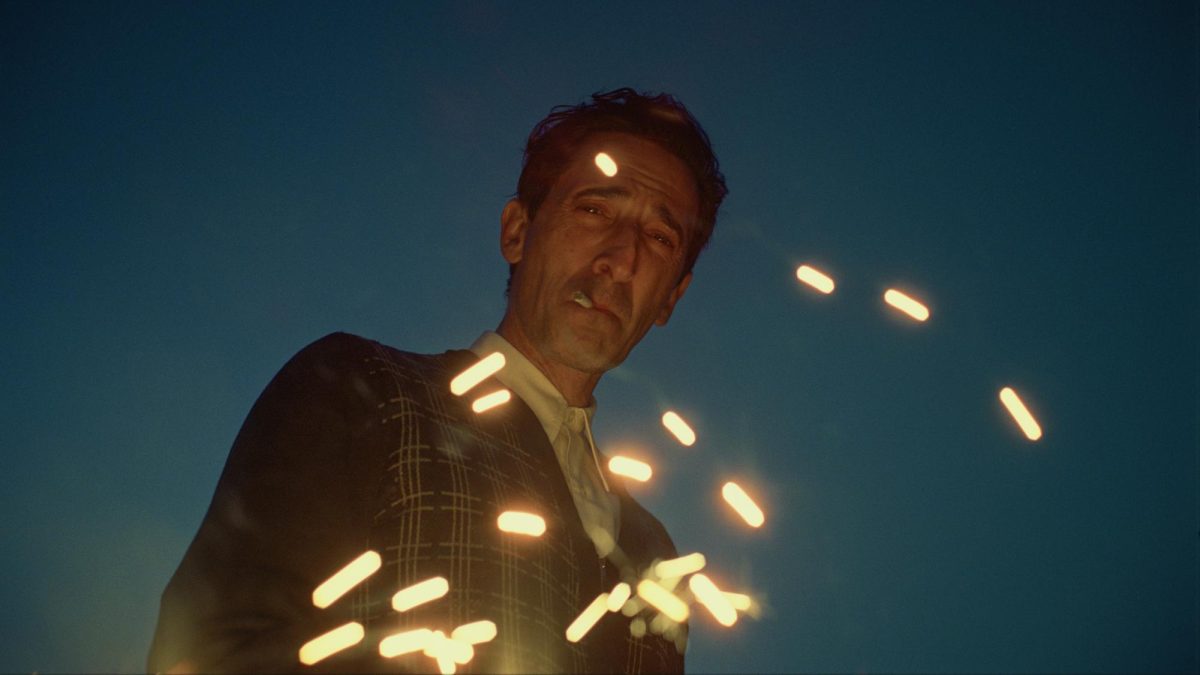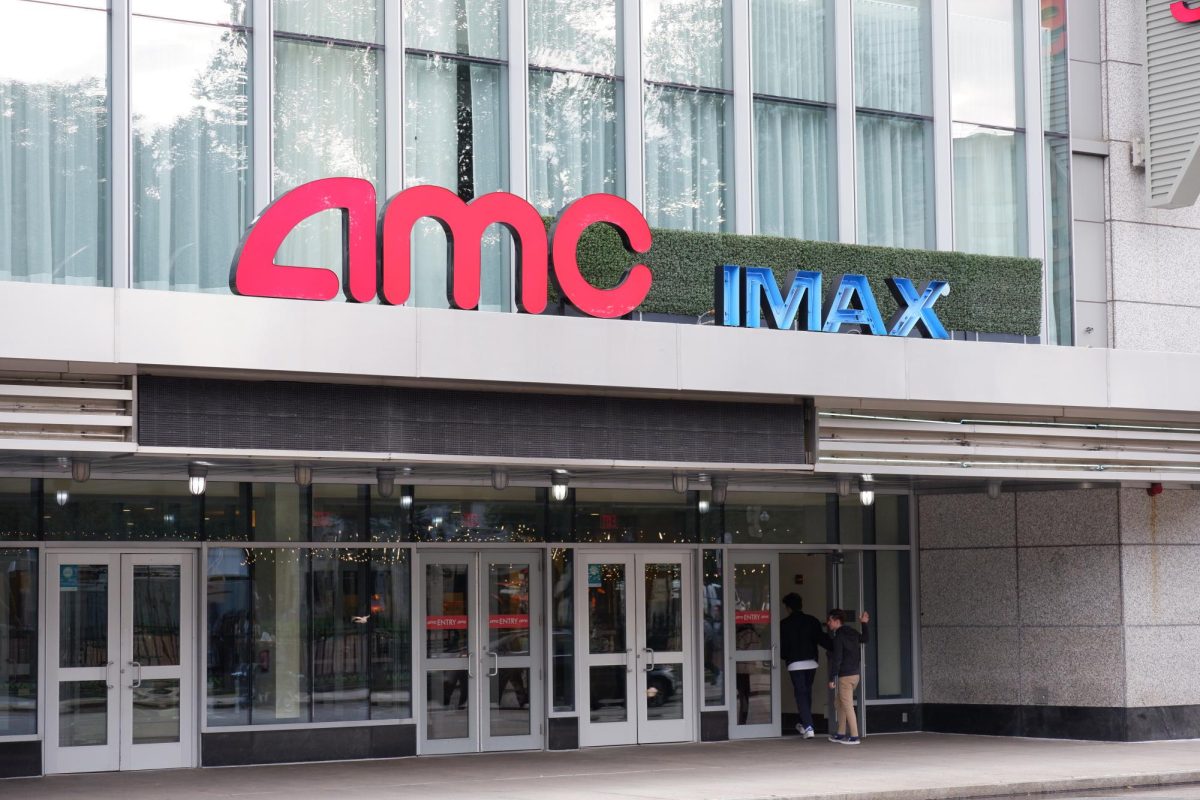The parallels between László Tóth (Adrien Brody), the protagonist of “The Brutalist,” and Brady Corbet, the actor-turned-filmmaker who penned him into existence, are glaringly apparent. Both polarizing artists, their works garner snide remarks and earnest praise in equal measure; both far from exorbitant wealth, they rely on elitist benefactors to bankroll their projects; and both perfectionists, their unwillingness to compromise their vision is simultaneously a boon and a drawback.
Reduced to simplest terms, the film is as much about Corbet’s tumultuous relationship with the entertainment industry as it is about László’s with Harrison Van Buren (Guy Pearce), an industrialist who hires the Bauhaus-trained architect to construct a community center in his mother’s name.
The A24 release, set over several decades beginning in 1947, follows László, a Hungarian Jewish architect celebrated for his endeavors across Eastern Europe. After enduring unfathomable horrors at the Buchenwald concentration camp, László immigrates to the United States, leaving behind his wife Erzsébet (Felicity Jones) and niece Zsófia (Raffey Cassidy), believing them dead. After arriving in Philadelphia, he learns from his cousin Attila (Alessandro Nivola), a furniture store owner, that the pair actually survived, as evidenced by a letter Erzsébet sent. Once under Harrison’s employ, László heads up the community center project while working with his boss’ attorney, Michael Hoffman (Peter Polycarpou), to expedite his family’s immigration process.
Returning to the László-Corbet link, the former, while drawing up plans for what is to become the Van Buren Institute, meets with Harry Lee Van Buren (Joe Alwyn), Harrison’s self-aggrandizing son, and Michael to discuss means of securing additional funding from the local government. Harry matter-of-factly says that, to ensure their support, László must alter his existing designs, which include an auditorium, gymnasium and library, to create room for a chapel. László, understandably, protests: This was meant to be a community center for all, not just those with Christian beliefs. Moreover, he contends that housing four unique spaces under one roof is untenable. But, knowing the good that comes from employment, especially in his beloved field, he relents.
Corbet faced similarly frustrating demands from producers and executives on past films and “The Brutalist,” revealing in a Screen Daily feature that potential financiers pushed back on his insistence that a sequence set in Carrara, Italy, where white and blue-gray marble is extracted for architectural assignments and sculptural masterworks, actually be filmed there. Fortunately for Corbet, he, unlike his protagonist, got what he wanted: permission and funds to spend on a quick shoot at the gorgeous locale.
This ambitious feature is more than just a channel through which Corbet distills his own lived experiences as an avant-garde filmmaker; it also sports career-best work from its ensemble (Brody and Pearce, especially), cinematographer Lol Crawley and composer Daniel Blumberg.

Besides consistent supporting roles in Wes Anderson’s earnest, kaleidoscopic films, Brody has not received many roles befitting of an Academy Award recipient: 22 years ago, he became the youngest Best Actor winner for portraying Władysław Szpilman, a musician and Holocaust survivor, in the biographical film “The Pianist.” With “The Brutalist,” he reasserts himself as a generational talent deserving of complex leading roles, embodying László with immense precision throughout the film’s lofty three-and-a-half hour runtime. Brody’s accent work is particularly impressive here, his trademark New York dialect wholly undetectable, replaced by a near-perfect Hungarian manner of speech.
Pearce, meanwhile, makes a meal of the vile, domineering Harrison, unleashing unbridled rage upon seeing his precious study renovated by László and Attila, a birthday present from Harry and his twin sister Maggie (Stacy Martin), in one early scene. In another, he expresses thinly veiled jealousy for László’s talents mere moments before offering him the community center project in front of rich onlookers, forcing the architect’s hand.
Crawley, who lensed Corbet’s previous cinematic efforts, “The Childhood of a Leader” and “Vox Lux,” frames up several instantly iconic shots, including an inverted image of the Statue of Liberty that, in the months since its Venice premiere, has become the film’s calling card. His camerawork in Carrara-set scenes is also impressive, crafting a dreamlike image of Harrison pressed against the cool marble.
Contributing most to the film’s grandeur is, arguably, Blumberg’s musical score, its oscillation between delicate, piano-laden tracks and triumphant, brass-heavy ones aligning perfectly with László’s journey, which spans three decades and multiple continents.
With expertly calibrated performances, provocative cinematography, sweeping musical compositions and a singular, unadulterated vision from Corbet, “The Brutalist” deftly articulates its makers’ rightful gripes with an industry that simultaneously uplifts and condemns the artists that keep it afloat — a reality they know all too well.











